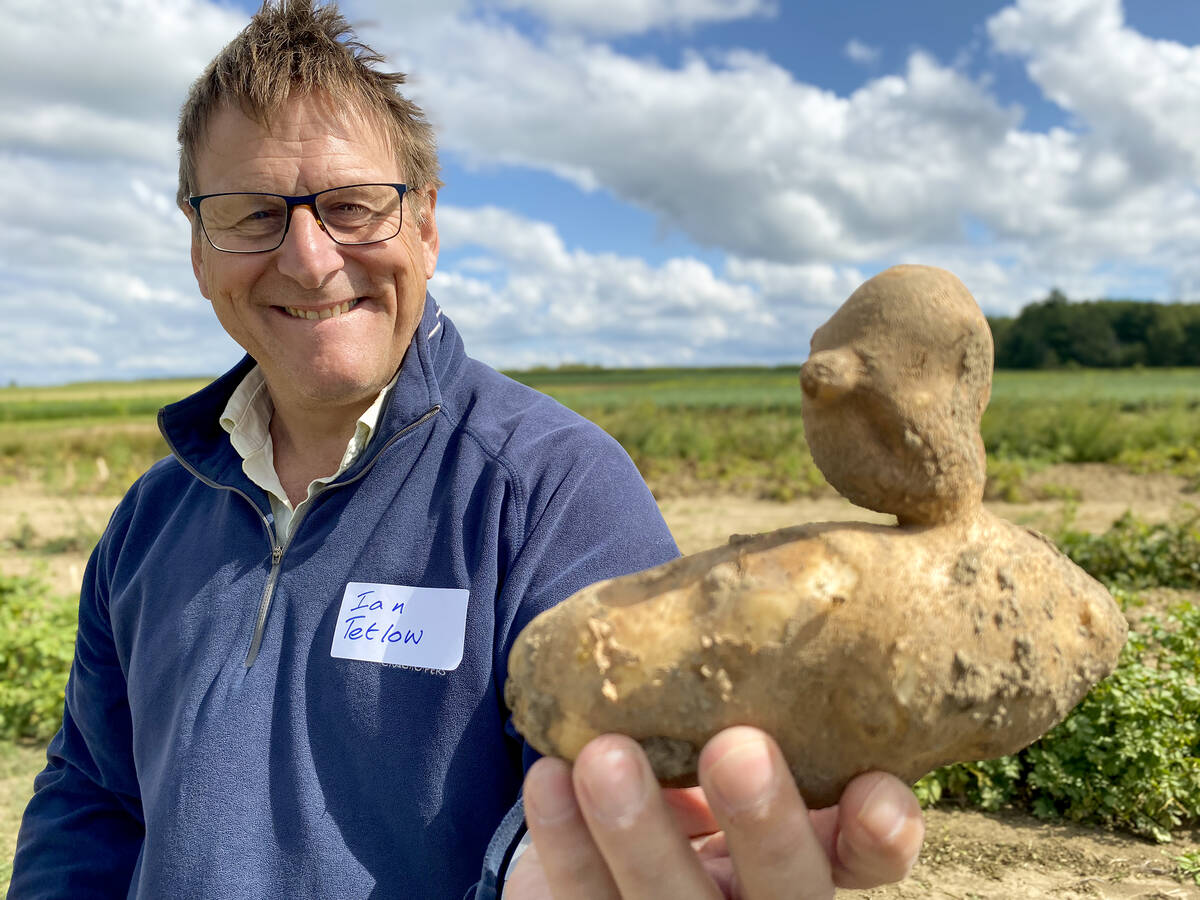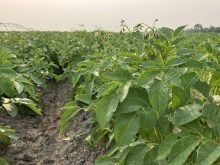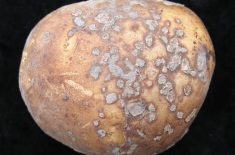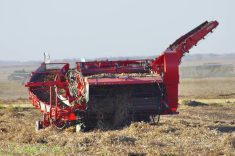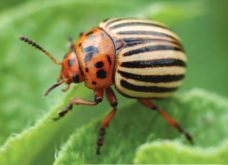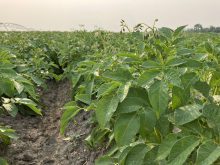Cold sweetening in stored potatoes has plagued growers for years and appears to be an unsolvable problem.
“It’s not a simple problem,” agreed Dr. Ian Tetlow, University of Guelph Department of Molecular and Cellular Biology professor, adding the first documented cold sweetening in low-temperature stored potatoes was in 1882. Research has been looking for a workable solution since then.
Tetlow announced at the Elora Potato Research Open House in August that his interest in starch biosynthesis has evolved into a three-year research project on cold sweetening susceptibility in potato varieties.
Read Also
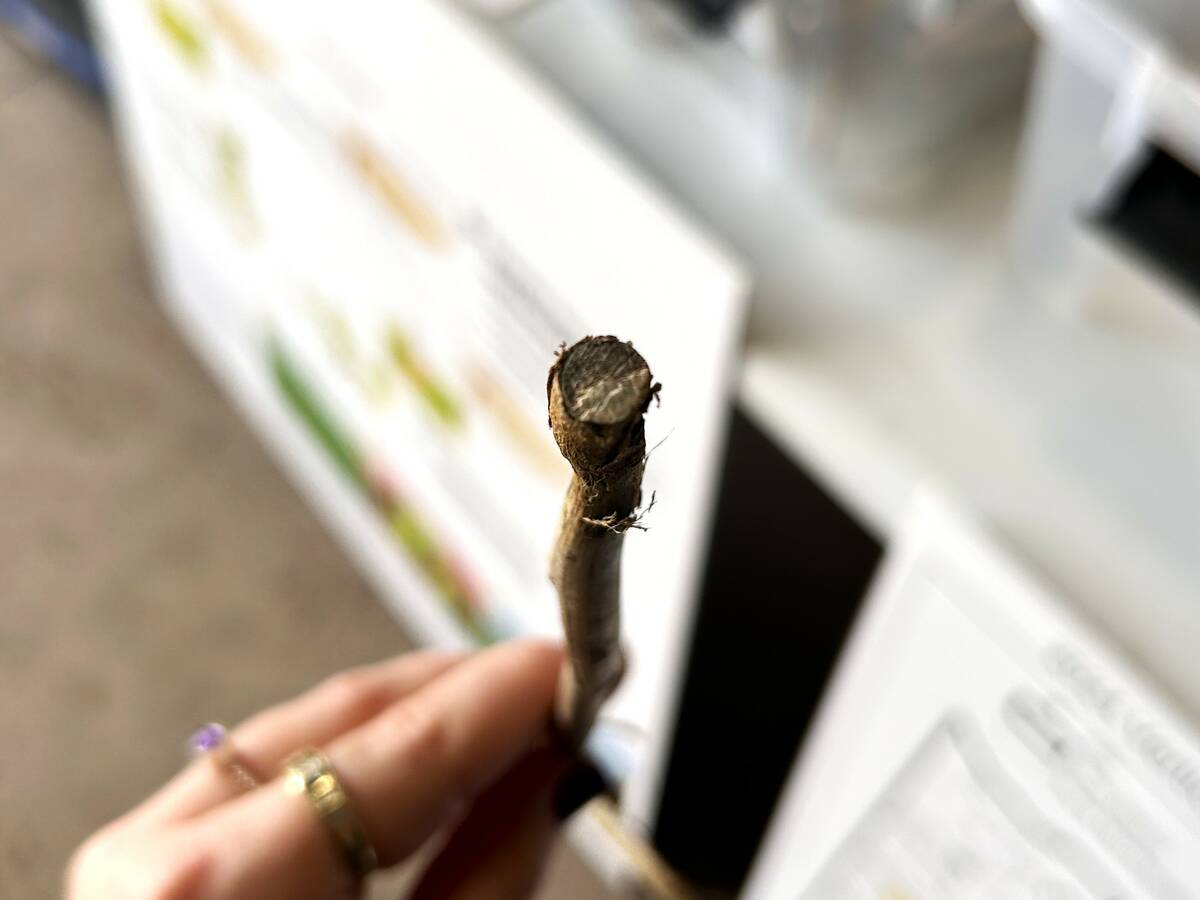
Manitoba canola embattled by verticillium
Verticillium stripe pressure has been growing in Manitoba, and canola farmers still have precious few tools to protect their crop from the disease.
Cold sweetening builds up soluble sugars during storage, contributing to browning and potential acrylamide toxin formation during processing.
His research will explore the genome sequence of resistant and susceptible potato varieties, using RNA sequence analysis to decipher the cold sweetening process.
Tetlow already has potential targets, such as phosphorylase, a cold temperature-activated enzyme that breaks down starch.
“That’s an interesting target,” he said. “But it’s a multi-gene phenomenon; it’s not an easy thing to solve by a one-step process.”
The bulk of a potato tuber consists of storage starches, water and soluble starch. However, there are soluble sugars. Cold sweetening is when starch granules convert naturally into simple sugars.
“The potato tuber is a living entity. It’s still respiring (after harvest). The cells in it are alive,” Tetlow explained. “They’re using up carbon, and they’re using some of those reserves at different rates.”
Even at low temperatures, storage must be relatively dry to avoid the development of fungal and bacterial pathogens and reduce sprouting and degradation of the tuber. It doesn’t protect against cold sweetening.
“You would think it would be relatively easy to understand that process,” he said. “Biochemically, we know those processes are a number of enzymes, but likely, it’s not just confined to those small numbers of enzymatic steps.”
Certain varieties show a faster breakdown of starches into sugars at ambient temperature during long storage periods, causing significant issues during processing, such as browning during deep frying.
Processors reject up to 20 per cent of tubers because of cold sweetening’s impact. Tetlow explained that French fries and potato chip processing account for more than 60 per cent of the crop, which can have significant implications.
He said French scientist Louis-Camille Maillard discovered the Maillard Reaction, that says when amino acids react with reducing sugars during heating, it causes browning. Under controlled conditions, this results in a pleasant flavour but, in excess, can produce unwanted compounds.
“If you notice, potato chips which have darkened have this bitter flavour – that’s a result of the Maillard reaction,” he said. “The acrylamide associated with it is a potential neurotoxin and a potential carcinogen.”
Reducing the amount of free sugar in potatoes will lower levels of acrylamide.
While breeders have done an excellent job reducing cold sweetening, Tetlow suggested they may reject varieties with high-yielding and high resistance attributes because of poor cold sweetening results.
“Hopefully, within (our three-year) time frame,” he said. “We’ll have at least an array of target genes that we understand what’s going on in terms of the biochemistry of the potato tuber when it’s subjected to low temperature.”

